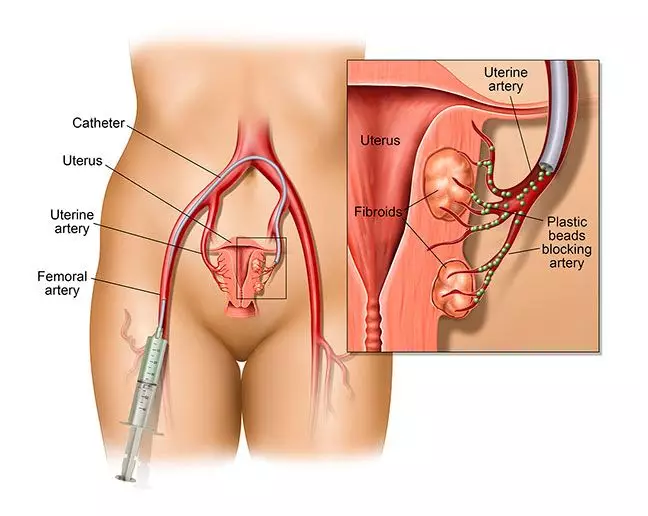What Are UFE and UAE?
Uterine fibroids embolization (UFE) and uterine artery embolization (UAE) are two increasingly common non-surgical options to treat uterine fibroids. They can be viable alternatives to invasive surgeries, like hysterectomy and myomectomy for women who want a definitive and effective treatment for fibroids but want to preserve their uteruses and protect their ability to have children.
Although they can occur at any age, fibroids are most common in women ages 30-40. These represent viable child-bearing years, meaning that many women who are diagnosed with fibroids feel they have to choose between getting rid of their fibroids and the opportunity to have children. UFE or UAE can often bridge this admittedly difficult gap.
While UAE and UFE are often thought of as two different procedures, they’re essentially the two different names to describe the same type of surgery. In short, UAE refers to the embolization of any uterine artery, including emergency post-partum or post-operative bleeding. So UFE is essentially a type of UAE.
What Happens during UFE?

UFE for Uterine Fibroids.
During uterine fibroid embolization, your doctor injects granular particles into the artery that is giving blood to fibroids in an effort to cut off supply and shrink the growth until it disappears. Inserted through a catheter in the leg or wrist that is guided by x-ray imaging, these particles adhere to the wall of the artery, causing them to clot and choke off the fibroids’ blood supply. The type of doctor that performs uterine fibroid embolization is called an interventional radiologist.
Compared to surgical treatment, the incision is less than one inch and can be covered with a small bandage. The procedure generally requires a short hospital stay of one day or less for a full recovery.
Advantages of UFE
Proponents of UFE report multiple clinical and quality-of-life benefits, including:
- Shorter recovery time than surgery
- Safe, pain-free, and minimally invasive process
- Virtually no relapse, compared with rates of 30%-40% for certain surgeries
- The uterus remains intact for women who still want to have children
- Rapid improvement in symptoms
- Procedure generally takes around 30-45 minutes
- Very small incision
It’s important to talk to your doctor to determine if UFE is the best option for your treatment. The procedure is recognized by the American Academy of Obstetrics and Gynecology (ACOG) as a safe and effective treatment for fibroids. There are no restrictions to the procedure.
Risks of UFE
There are relatively few risks of UFE, and complications are rare. Some of the rare risks include fibroid expulsion as well as injury and infection of the uterus. Women who are in menopause may no longer experience periods at all after they receive UFE.
When working with your doctor to manage your uterine fibroids, it’s important to come up with the best course of action for your specific health concerns. Responsum for Fibroids helps patients living with this condition to independently manage their diagnosis through important information, insights, and support. Learn more and download the Responsum for Fibroids app today to get the help you need.


